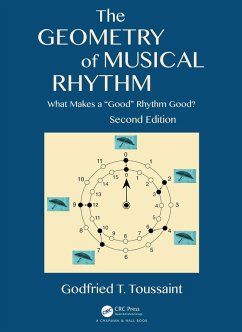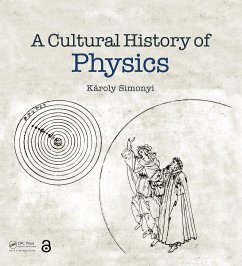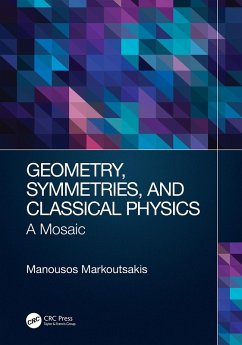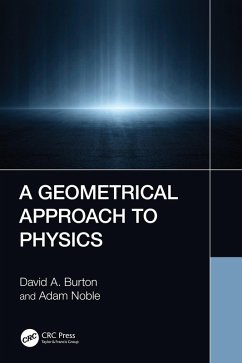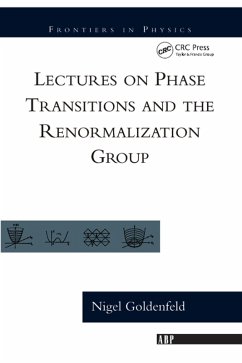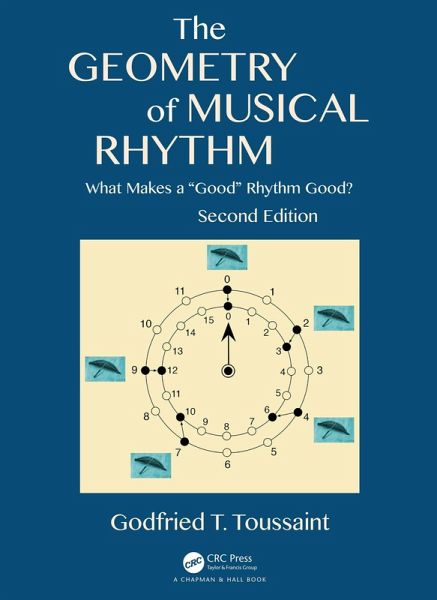
The Geometry of Musical Rhythm (eBook, ePUB)
What Makes a "Good" Rhythm Good?, Second Edition
Versandkostenfrei!
Sofort per Download lieferbar
51,95 €
inkl. MwSt.
Weitere Ausgaben:

PAYBACK Punkte
26 °P sammeln!
The original edition of The Geometry of Musical Rhythm was the first book to provide a systematic and accessible computational geometric analysis of the musical rhythms of the world. It explained how the study of the mathematical properties of musical rhythm generates common mathematical problems that arise in a variety of seemingly disparate fields. The book also introduced the distance approach to phylogenetic analysis and illustrated its application to the study of musical rhythm. The new edition retains all of this, while also adding 100 pages, 93 figures, 225 new references, and six new c...
The original edition of The Geometry of Musical Rhythm was the first book to provide a systematic and accessible computational geometric analysis of the musical rhythms of the world. It explained how the study of the mathematical properties of musical rhythm generates common mathematical problems that arise in a variety of seemingly disparate fields. The book also introduced the distance approach to phylogenetic analysis and illustrated its application to the study of musical rhythm. The new edition retains all of this, while also adding 100 pages, 93 figures, 225 new references, and six new chapters covering topics such as meter and metric complexity, rhythmic grouping, expressive timbre and timing in rhythmic performance, and evolution phylogenetic analysis of ancient Greek paeonic rhythms. In addition, further context is provided to give the reader a fuller and richer insight into the historical connections between music and mathematics.
Dieser Download kann aus rechtlichen Gründen nur mit Rechnungsadresse in A, B, BG, CY, CZ, D, DK, EW, E, FIN, F, GR, HR, H, IRL, I, LT, L, LR, M, NL, PL, P, R, S, SLO, SK ausgeliefert werden.




